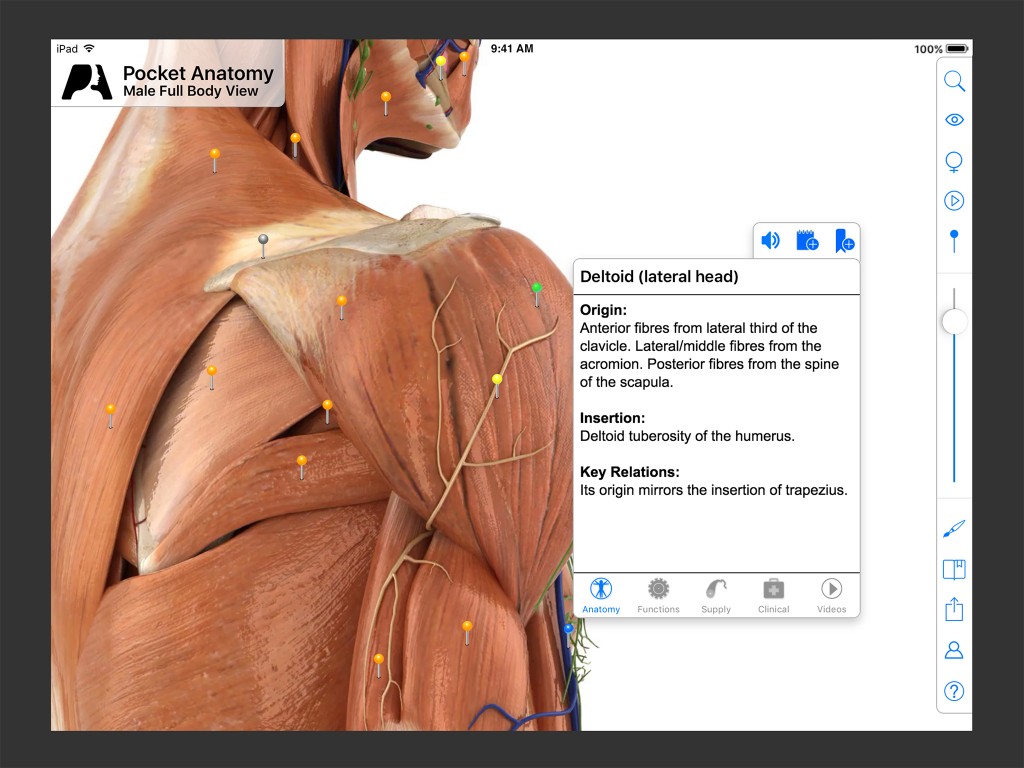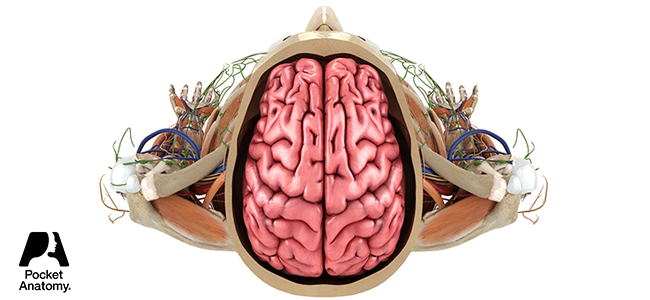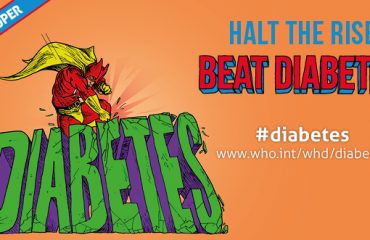These same concepts can be incorporated into a word that came onto the scene about 200 years later: prevention. Safety and prevention are inextricably linked, and while health practitioners and researchers may use them in different contexts, they are simply different sides of the same coin. By preventing injuries and loss, we are practicing safety. By following personal safety measures in the home, workplace, school, and while driving, we are practicing prevention.
Our Bodies, in Need of Care
With over 200 bones, 600 muscles, and more joints than can be accurately counted, the human body is in constant danger of being overused and injured. It’s only when the “owner” of the body makes a concerted effort that the body survives from day to day and year to year as the top-performing machine that it is. Prevention of body overuse and injury is a large part of personal safety. Taking care of our bodies, making smart decisions, and practicing risk-reducing behaviors are the largest components.

June is National Safety Month
The U.S. National Safety Council (NSC) June 2016 campaign — Safe for Life — focuses on reducing the leading causes of injuries and death at work, on the roads, and in our homes and communities.
“Safety is no accident. It’s a choice we need to make throughout our entire lives. Whether it’s driving without passengers as a newly licensed teen, finding alternatives to prescription painkillers in middle-age, or fall-proofing the bathroom as an older adult, we’re all empowered to make safe decisions for ourselves and those we care about.”
The NSC provides downloadable resources highlighting safety topics from preparedness to road safety.
Scope of the Problem
Children: While globally, the main causes of death in children aged 1 to 5 are malnutrition, pneumonia, diarrhoea, and malaria, in the U.S., injuries are a leading cause of death for children aged 1 to 14 (including drowning, homicide, unintentional motor vehicle, burns, and poisoning).
However, even though injuries are not the main cause of death in children worldwide, unintentional injuries do account for a child death every 30 seconds. And millions of children are injured in ways that affect them for a lifetime.
Adults: For adults in the U.S., unintentional poisoning is the leading cause of death in the group aged 15 to 64 years, while homicide from firearms is the second leading cause in those aged 15 to 24. Motor vehicle crashes represent the second leading cause of death in the group aged 25 to 65. And falls account for the major cause of death for those aged ≥65. Worldwide, falls are the second leading cause of unintentional injury deaths, and account for an estimated 424,000 deaths annually.
(The topic of intentional homicide is too complex to be covered in this short blog post. The United Nations has provided a website with information critical to the understanding of this global tragedy.)
Focus on Safety
There are several foci for safety awareness in June, including in the home and workplace, and on the road.
Safety in the home: Within the home, the focus is on fire and electrical safety, as well as child safety and preparedness. Residential fires claim thousands of lives every year; having working smoke detectors and fire extinguishers will help save lives. Electrical fires are responsible for many residential fires: Outlets, cords, and fixtures should be checked regularly and repaired/replaced as needed.
Child safety in the home also includes an awareness of hidden dangers: unlocked drug cabinets, swimming pools that are not gated, unprotected stairways, and window guards, as well as access to chemical cleaning products, including the latest poisoning risk for young children by the ingestion of brightly-colored dish-washer and laundry detergent “pods.”
Adult safety in the home focuses on falls, including the improper use of ladders and falls in the tub and shower. Older adults are at particular risk.
Workplace safety: From a report on the National Safety Council’s website: The Bureau of Labor Statistics in April 2016 reported their final review of worker fatalities for 2014: more than 13 people died each day in the U.S., most of them between the ages of 45 and 64 years in workplace-related incidents. Causes included falls and trips; injuries by people or animals; contact with equipment; and exposure to harmful substances. In addition to the fatalities, over 13,000 workers are injured every day in the U.S.
From a global perspective, the International Labour Organization recently celebrated World Day for Safety and Health at Work (April 28).
Impaired driving: According to the National Safety Council, impaired driving is “driving while drunk, drugged, drowsy, and/or distracted. All of these are dangerous. All of these are preventable.” In 2014 alone, there were 35,400 traffic deaths in the U.S., almost all related to alcohol, speeding, or distracted driving.
“For teens just learning to drive, car crashes are the No. 1 cause of death—mostly due to inexperience. Graduated Driver Licensing systems are proven to reduce crashes involving teen drivers by as much as 40%, minimizing common risks such as passenger distraction, nighttime driving, and cell phone use.”

Source: National Safety Council

Emergency Preparedness: Prevention is the Key
Being prepared for a potential disaster not only saves time, it saves lives. Families can take simple steps to protect, inform, and prepare those involved in an emergency situation:
- Have your family develop, discuss, and practice an evacuation plan in case of fire or other emergency.
- Equip your home with an emergency supply kit. Visit www.Ready.gov for a list of suggested materials.
- Make sure phones are accessible to all members of the household. Pre-program emergency contact numbers such as 9-1-1 so children and the elderly are able to call for help.
- Create an emergency contact sheet and make sure your family members know who to contact in the event of an emergency.
Quote from Industry Expert
The U.S. Centers for Disease Control and Prevention (CDC) has identified motor vehicle injuries as one of the nation’s most important public health problems and a “Winnable Battle.” In our complex world, there are not many clearly winnable battles and not many issues where everyone is on the same side. But preventing road deaths, like preventing diseases, is one issue that every country can and should agree on.
Injuries are not accidents — they shouldn’t be accepted as acts of fate, happening by chance or bad fortune, or resulting from random uncontrollable events. Public health epidemiology has taught us that injuries—like many diseases—are both predicable and preventable. We can predict with a fair bit of accuracy how many people will die on the roads next year, or how many older adults will end up in the hospital with a hip fracture from a fall. If we know these events will happen on a fairly regular basis, and we know the risks factors contributing to the events, then surely we should be able to prevent them, just as knowing the principal risk factors for diseases will help us prevent those. What gives rise to injuries are behaviors, products, and environments and their associated risks, for example non–seat-belt use, unsafe cars, and environments that pose hazards. We also know how to prevent and control injuries:
- Education/behavior change addressing people’s risk behaviors
- Engineering/technology focusing on the safe design of environments and products
- Legislation/enforcement addressing the setting and enforcement of laws that protect people from risks and harms to themselves and others.
This is the formula for safety at home, on the road, and in the community.”
David Sleet, PhD
Associate Director for Science, Division of Unintentional Injury Prevention
National Center for Injury Prevention and Control, CDC, Atlanta, Georgia

Other Resources
Safe Kids Worldwide
National Institute for Occupational Safety and Health (NIOSH)
National Safety Council: Distracted Driving
Office of Disease Prevention and Health Promotion
June 2016 Toolkit for National Safety Month
Workplace Safety
https://nonprofitrisk.org/tools/workplace-safety/nonprofit/c1/wkplcsafety.htm
https://www.osha.gov/workers/index.html
https://www.cdc.gov/niosh/topics/
Teen Safe Driving
http://www.nsc.org/learn/NSC-Initiatives/Pages/teen-driving.aspx
http://www.teensafedriver.com/
https://www.allstatefoundation.org/teen_safe_driving.html
http://www.nsc.org/learn/NSC-Initiatives/Pages/teen-driving.aspx?var=mnm
Motor vehicle safety
http://www.cdc.gov/motorvehiclesafety/index.html
Global Road Safety
http://www.fiafoundation.org/
http://www.who.int/violence_injury_prevention/road_traffic/en/
Interested in taking our award-winning Pocket Anatomy for a test drive? 




